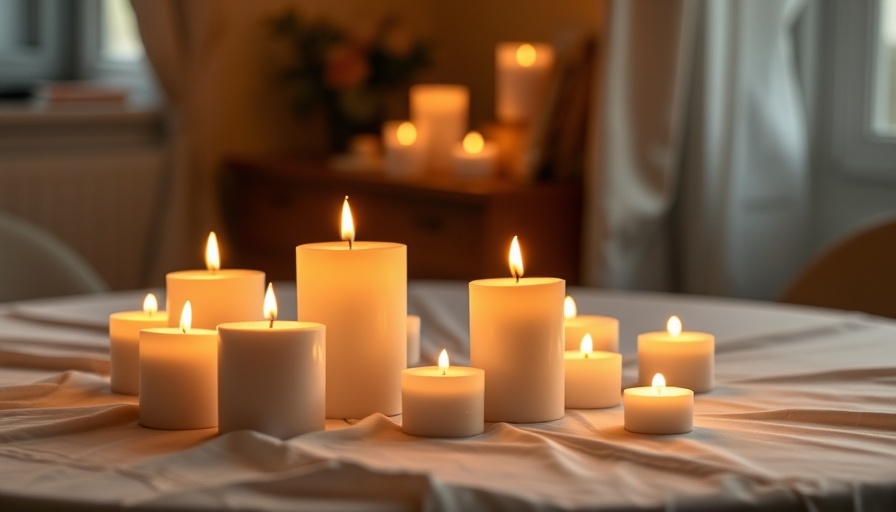
The Subtle Art of Candle Wax Cleanup
Candles illuminate our moments with their warm glow and enchanting scents. However, enjoying these flickering flames can often lead to messy accidents, from dripped wax on clothing to stubborn stains on carpets and wood surfaces. Fortunately, there are effective methods for removing wax stains and restoring the surfaces you love to their former glory.
Understanding the Impact of Candle Wax
When wax drips onto a surface, it solidifies quickly, making it a seemingly daunting cleanup task. Yet, understanding the properties of wax can simplify the removal process. Wax is a hydrocarbon, which means it's constructed from long chains of carbon and hydrogen atoms. When combined with heat, these chains can melt and seep into fabrics or carpets, but they can just as easily be solidified and scraped away without permanent damage.
Strategies for Cleaning Candle Wax from Clothing
When candle wax marks your favorite shirt or tablecloth, don’t despair. Here’s a tried-and-true method:
- Harden it: Allow the wax to harden fully. If needed, place the garment in the freezer for a few hours.
- Scrape: Once the wax is solid, gently scrape off as much as you can using a dull knife.
- Stain Treatment: Utilize a solvent-based cleaning fluid or adhesive remover to address any residual staining. A vinegar solution can also be effective.
- Iron the remainder: To extract any remaining wax, gently apply heat with an iron on the lowest setting, using paper towels to absorb the melted wax.
- Wash: Complete the process by washing the fabric according to its care instructions.
Removing Wax Stains from Carpets with Ease
Candle wax can be less forgiving on carpets, but a systematic approach can yield great results:
- Freeze: Allow the wax to harden or expedite the process by applying an ice cube.
- Scrape Off Excess: Using a dull knife or plastic scraper, gently lift away hardened wax.
- Heat Transfer Technique: Place a clean white cloth over the wax, then press with a warm iron to transfer wax from the carpet to the cloth.
- Final Cleaning: If discoloration remains, use a carpet spot remover or hydrogen peroxide to treat the area.
How to Safely Remove Wax from Wood Surfaces
When wax drips onto wood, it can mar the beauty of your furniture. Here’s how to handle it delicately:
- Let It Cool: Once the wax solidifies, gently scrape it off using a plastic spatula.
- Use Adhesive Remover: Products like Goo Gone can aid in removing residual wax without harming the finish.
- Buffing: After cleaning, buff the affected areas with clean furniture polish to restore shine.
Future-Proofing Your Candle Enjoyment
With these effective cleaning methods at your disposal, you can enjoy the ambiance that candles bring without the stress of post-candle cleanup. Always remember to treat wax stains immediately for the best results.
Your Next Steps for a Cleaner Home
Why risk allowing candle accidents to disrupt your living space? Equip yourself with these essential techniques to maintain your home’s charm and cleanliness effortlessly. If you frequently enjoy the benefits of candles, consider investing in high-quality candles with less risk of dripping or messy wax.
 Add Row
Add Row  Add
Add 




Write A Comment